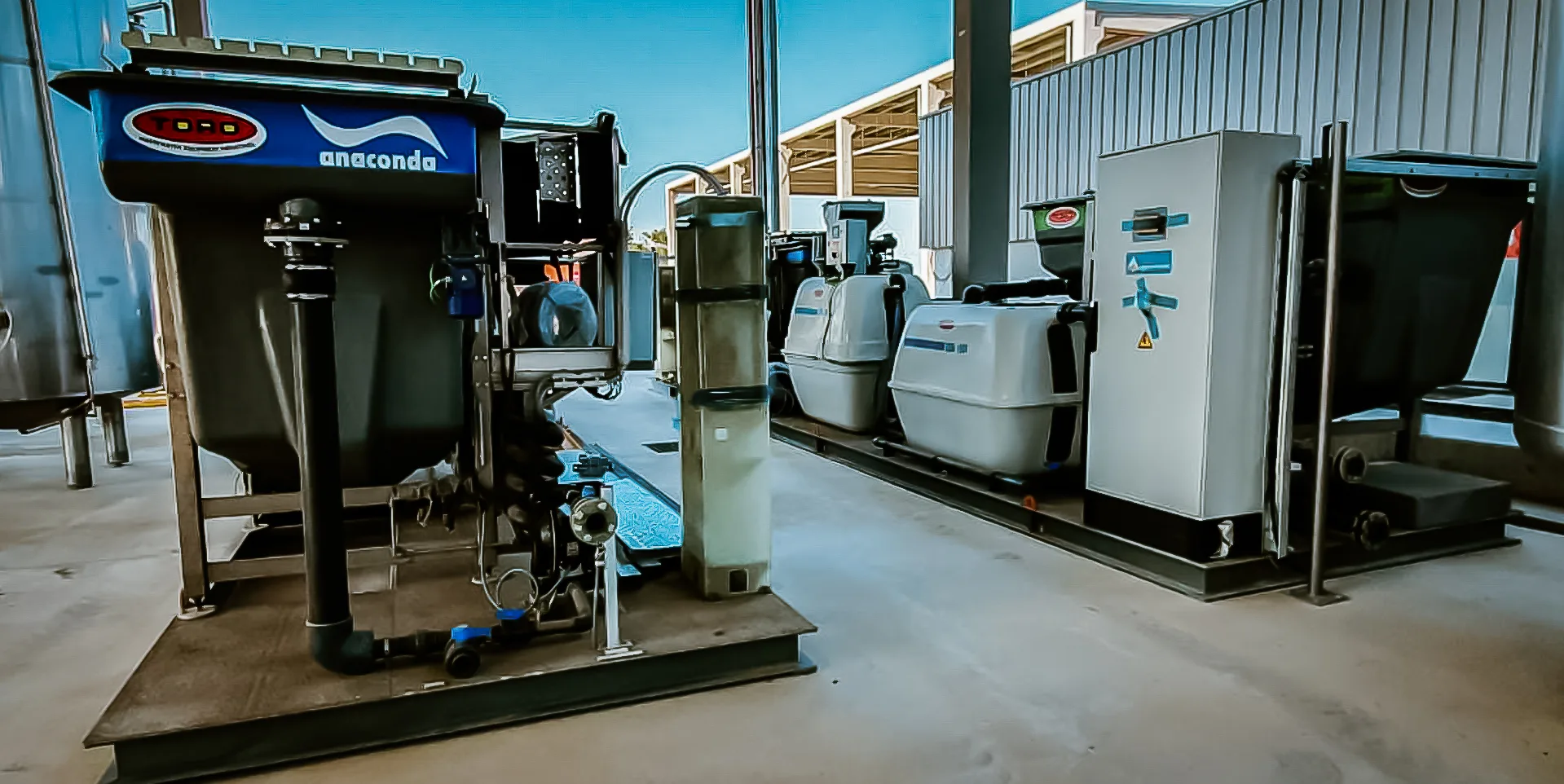

Is a vital process to ensure the safety and cleanliness of the water we consume. There are several effective methods of water purification, each with its own advantages and applications. Here are some common ways of purifying water:
These methods can be used individually or in combination, depending on the specific contaminants present and the desired level of purification. It’s important to note that different methods may be more suitable for certain situations or water sources.
Water purification is crucial for maintaining good health and preventing waterborne diseases. Understanding and implementing the appropriate water purification methods help ensure that the water we consume is safe and free from harmful contaminants.